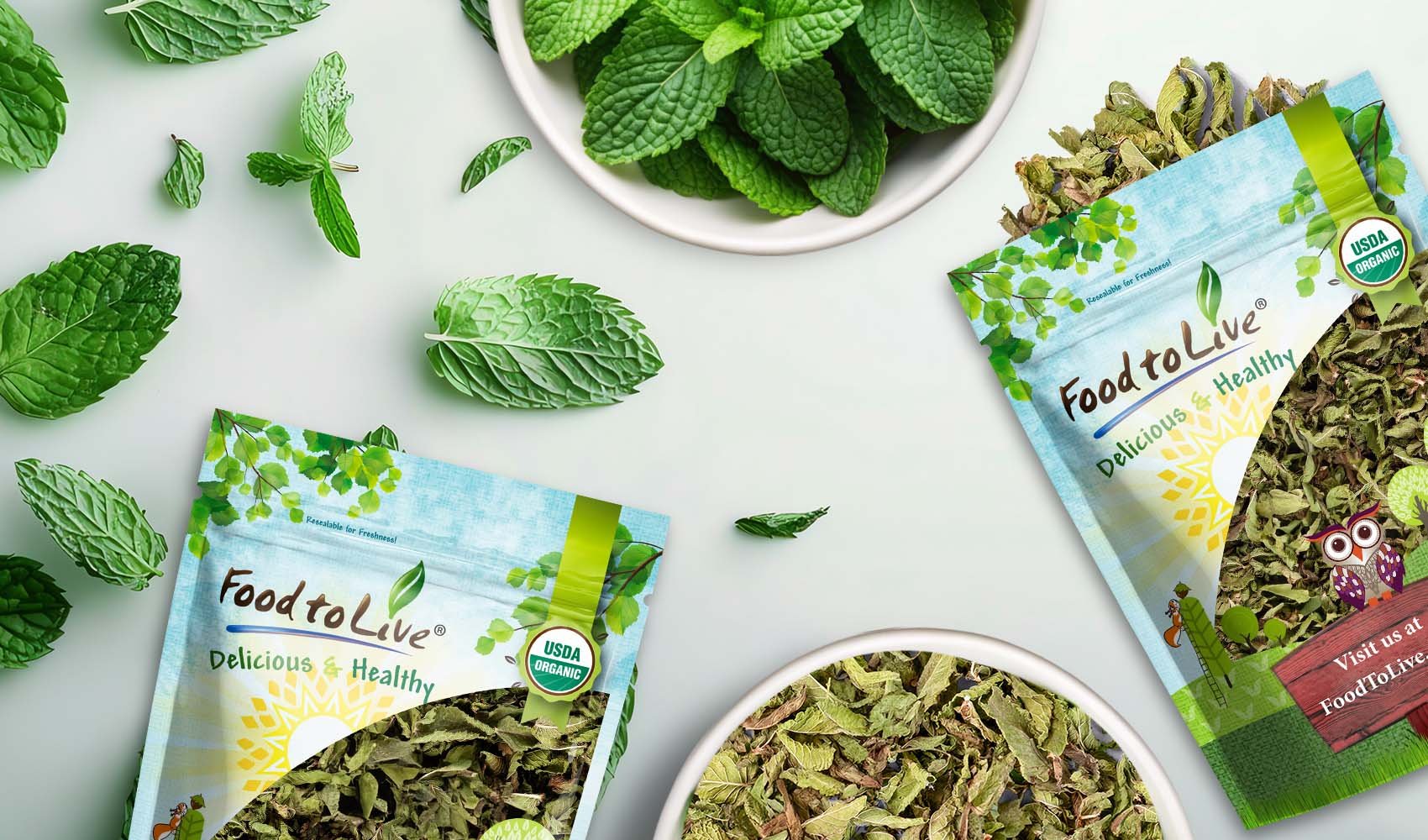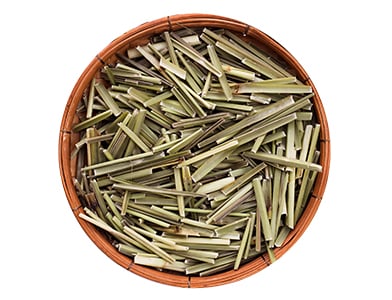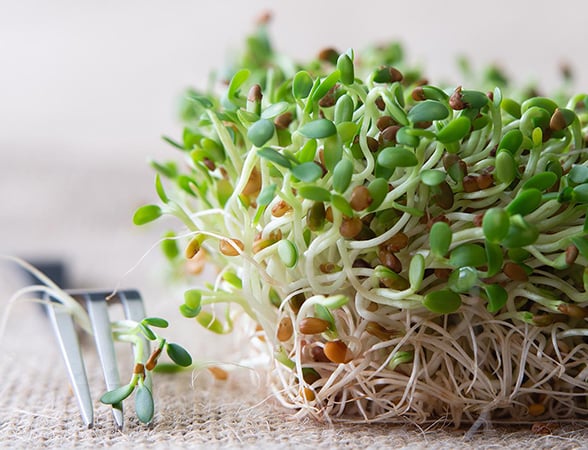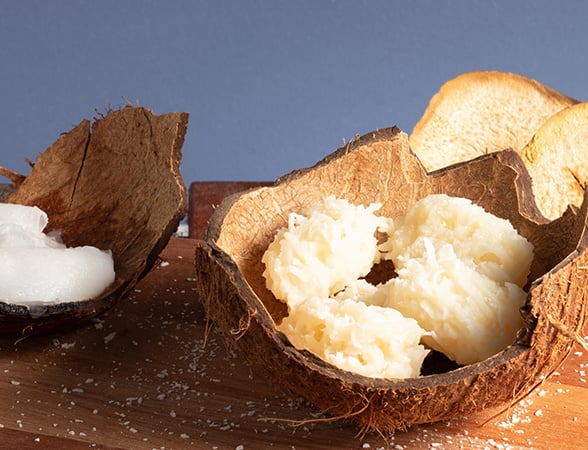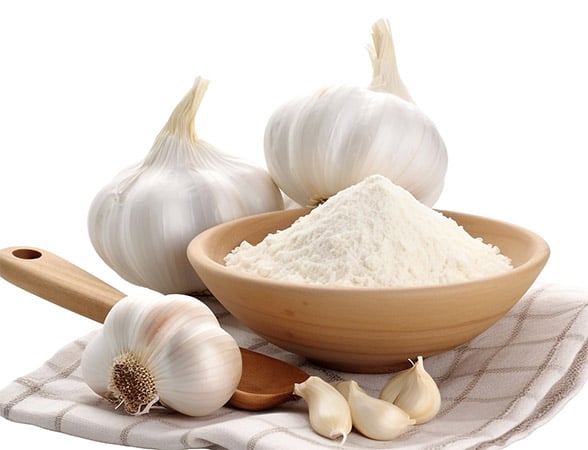August 20, 2024 · Written by Foodtolive Team
Peppermint vs. Spearmint: What’s the Difference?
When it comes to mints, two of the most popular varieties are peppermint and spearmint. Both are beloved for their refreshing flavors and are widely used in everything from culinary dishes to health products. But have you ever wondered what the real difference is between these two types of mint? In this blog post, we’ll dive into the specifics of peppermint and spearmint, exploring their unique characteristics, uses, and benefits.
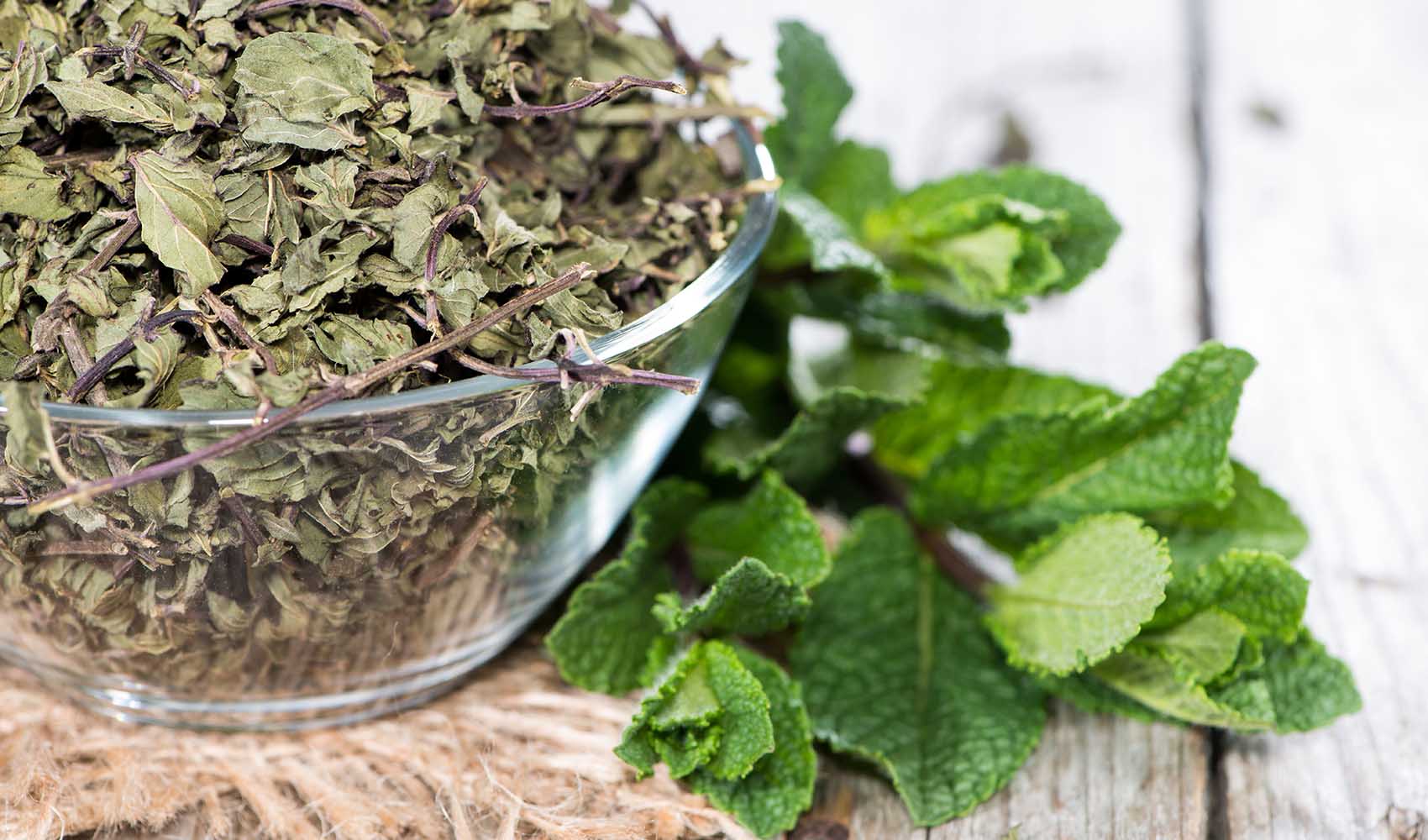 Botanical Background
Botanical Background
Peppermint is actually a hybrid mint, created by crossing watermint (Mentha aquatica) and spearmint (Mentha spicata). It belongs to the Lamiaceae family, which includes many aromatic herbs. Peppermint plants are characterized by their dark green leaves with a reddish stem, and they tend to grow in damp environments.
Spearmint, on the other hand, is a species of mint that naturally grows in many parts of the world. It’s a hardy plant with bright green, pointed leaves and a fresh, clean aroma. The name “spearmint” is derived from the pointed shape of the leaves, which resemble a spear.
Flavor Profile
One of the most noticeable differences between peppermint and spearmint is their flavor. This difference is largely due to the varying chemical compositions of the two plants.
Peppermint
Peppermint has a strong, cooling, and sharp flavor. This intensity comes from its high menthol content, which is around 40% or more. Menthol is the compound responsible for the cooling sensation that peppermint is famous for. This makes peppermint ideal for use in products like toothpaste, chewing gum, and medicinal balms where a strong, refreshing flavor is desired.
Spearmint
Spearmint has a milder, sweeter flavor compared to peppermint. Its menthol content is much lower, typically around 0.5% to 1%, which means it doesn’t have the same cooling effect. Instead, spearmint’s flavor is more subtle and slightly sweet, making it a popular choice for culinary uses such as in salads, drinks, and desserts.
Health Benefits
Both types of mint offer health benefits, but they are used for different purposes in traditional medicine and wellness practices.
Peppermint
Peppermint is known for its soothing properties, particularly in aiding digestion and relieving headaches. The menthol in peppermint acts as a muscle relaxant, which can help to ease tension headaches. Peppermint tea is often consumed after meals to help with bloating, indigestion, and other gastrointestinal issues. Additionally, peppermint oil is used in aromatherapy for its invigorating and cooling effects.
Spearmint
Spearmint is also beneficial for digestion but is often used for its calming properties. It’s less likely to cause irritation compared to peppermint, making it a gentler option for those with sensitive stomachs. Spearmint is rich in antioxidants and has been studied for its potential to balance hormones, particularly in women with conditions like polycystic ovary syndrome (PCOS). Spearmint tea is a popular choice for reducing stress and promoting relaxation.
Essential Oils
Both peppermint and spearmint are widely used in the production of essential oils, which capture the concentrated essence of the plants. However, their uses in aromatherapy and products differ due to their unique compositions.
Peppermint Essential Oil
Peppermint oil is prized for its high menthol content, making it a common ingredient in topical treatments for muscle pain, respiratory issues, and headaches. It’s also used in aromatherapy to enhance focus, energy, and mental clarity.
Spearmint Essential Oil
Spearmint oil, with its sweeter and softer aroma, is often used in products designed to relax and calm the mind. It’s a popular choice for diffusing in the evening or adding to bath products for a soothing experience. Spearmint oil can also be used to freshen breath and as a natural remedy for minor skin irritations.
Culinary Uses
Both peppermint and spearmint are versatile in the kitchen, but they are best suited to different types of dishes due to their distinct flavors.
Peppermint
Peppermint’s strong, cooling taste makes it perfect for desserts like ice cream, chocolates, and candies. It also pairs well with rich flavors, which is why it’s often used in holiday treats like peppermint bark and candy canes. Additionally, peppermint is used in teas and other beverages where a refreshing, invigorating flavor is desired.
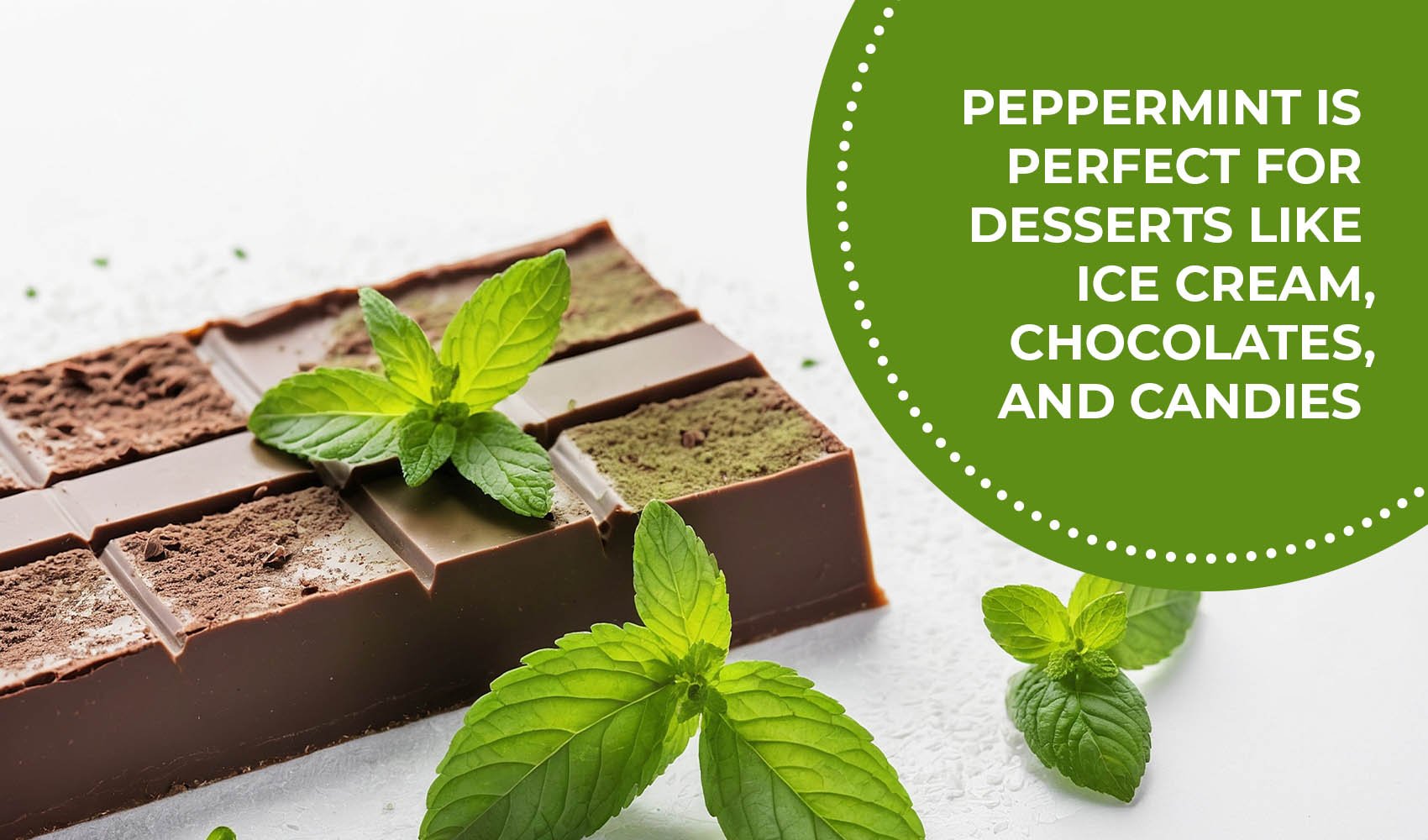
Spearmint
Spearmint’s sweeter and more delicate flavor makes it a staple in savory dishes and beverages. It’s commonly used in Middle Eastern and Mediterranean cuisine, where it adds a fresh taste to salads, tabbouleh, and lamb dishes. Spearmint is also a popular choice for making mojitos and other cocktails, as well as herbal teas.
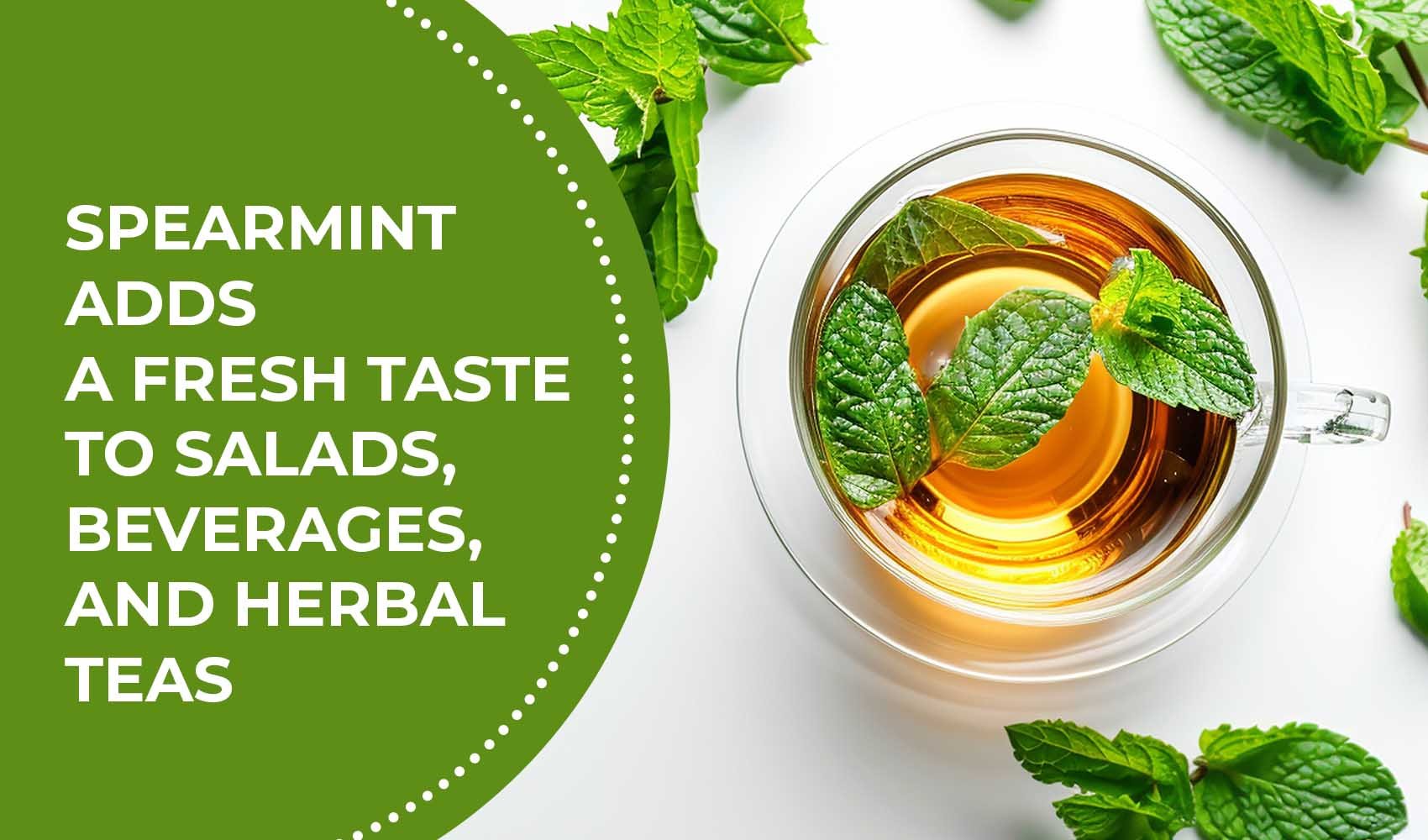
In summary, while peppermint and spearmint are both members of the mint family and share some similarities, they are distinct in flavor, uses, and benefits. Peppermint’s bold, menthol-rich flavor is perfect for those who love a strong, refreshing taste, while spearmint’s milder, sweeter profile makes it a versatile choice for a wide range of dishes and soothing remedies. Whether you’re using these mints in your cooking, health routine, or garden, understanding the differences between them can help you make the best choice for your needs.

